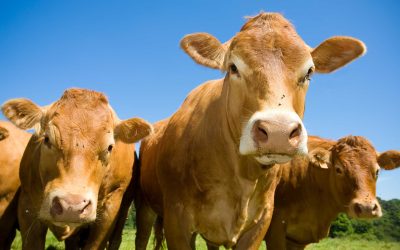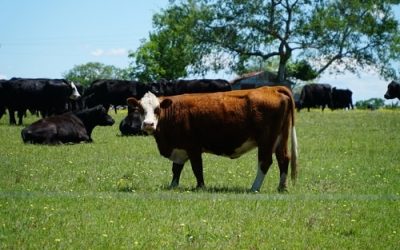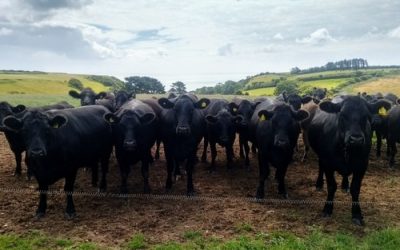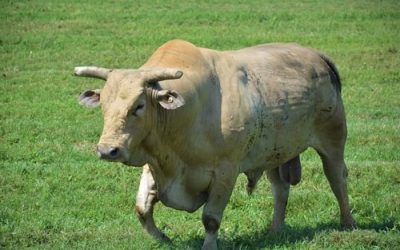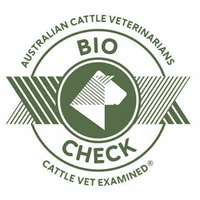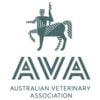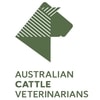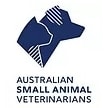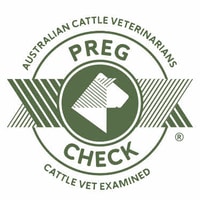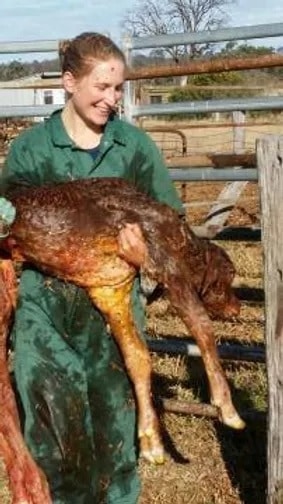
The more difficult the calving; the greater the risk of infectious disease, the greater the incidence of infertility losses in the dam and the lower the absorption of colostrum.
The Calving Process
Calving is a complex process with many mechanisms affecting it. There are three stages of parturition:
Stage 1 of parturition = 6-12 hours
The heifer/cow will usually seek an isolated area. Vaginal discharges increase and the cervical mucous plug is passed.
The cow becomes uneasy and shows signs of pain. Uterine contractions begin, they occur every 15 minutes at first and they then increase to every few minutes by the end of stage 1.
Stage 2 of parturition = 4 hours
The calf enters the birth canal. The first water bag ruptures (the chorioallantois), followed by the second (the amnion). Strong uterine and abdominal contractions occur and the calf is expelled. The pain of the uterine contractions at this point usually force most cows to lie down.
Stage 3 = 6-12 hours
The foetal membranes are expelled and the uterus begins to involute.

The most common reason for calf losses in the cattle industry is still calving difficulties, dystocia. In order to recognise dystocia promptly, an understanding of the normal calving process is necessary.
The more difficult the calving; the greater the risk of infectious disease, the greater the incidence of infertility losses in the dam and the lower the absorption of colostrum.
The Calving Process
Calving is a complex process with many mechanisms affecting it. There are three stages of parturition:
Stage 1 of parturition = 6-12 hours
The heifer/cow will usually seek an isolated area. Vaginal discharges increase and the cervical mucous plug is passed.
The cow becomes uneasy and shows signs of pain. Uterine contractions begin, they occur every 15 minutes at first and they then increase to every few minutes by the end of stage 1.
Stage 2 of parturition = 4 hours
The calf enters the birth canal. The first water bag ruptures (the chorioallantois), followed by the second (the amnion). Strong uterine and abdominal contractions occur and the calf is expelled. The pain of the uterine contractions at this point usually force most cows to lie down.
Stage 3 = 6-12 hours
The foetal membranes are expelled and the uterus begins to involute.
What Is Considered An Abnormal Calving?
Stage 1
- If you suspect the cow has been in stage 1 for over 12 hours and no further signs are seen.
Stage 2
- If a water sac is visible for 2 hours and the cow is not trying.
- If the cow has been pushing for 30 mins – 1 hour and has made no progress.
- If the cow or calf is showing signs of excessive fatigue and stress, such as a swollen tongue of the calf or severe bleeding from the rectum of the cow.
- If the calf is malpresented. Normal presentation consists of the extended front legs and the head exiting first, some calves come out back legs first and often require assistance. Any backwards presentation of the calf is termed ‘breach’.
Stage 3
- The presence of foetal membranes can be normal for up to 5 days post calving when the cow remains well. If the membranes are still present after 12 hours, use of a syntocin needle (oxytocin which helps to the contract the uterus and expel the membranes) may help.
If the membranes are still present by day 4-5 or the cow becomes unwell before this, manual evacuation by a vet is deemed necessary. Careful technique is required to reduce chance of much membrane being left over that can cause continued uterine infections and increased time to becoming pregnant again.
Beware that inducing a cow or heifer to calve can increase your chance of retained membranes and thus use of a syntocin needle post calving is recommended.
When to call for help?
Calving jacks and pulley gear is often essential in managing difficult calvings, however they can be dangerous if misused.
Your experience and judgement will decide if you are able to intervene yourself or if you will require professional assistance. These few suggested guidelines are provided to refer to – they are recommendations of when to seek help:
- If the problem that is causing the dystocia can not be ascertained.
- If the problem is identified but you are unable to correct it.
- If you have tried to correct the problem but have made no progress in 30 minutes.
- Further delay will put the calf in jeopardy.
RELATED ARTICLES
Castration Techniques in Cattle and Small Ruminants
Castration Techniques in Cattle and Small Ruminants Throughout the wet season, The Pittsworth Veterinary Surgery have been seeing a few more cases of cattle and small ruminants with post-castration swellings and infections. So, we’ve compiled the few methods of...
Grain Poisoning in cattle
Feeding cattle grain is a very common practice in this area but it doesn't come without it's risks. One of the most common conditions we see is grain poisoning or acidosis, which can be fatal however the good news is that there is a lot we can do to prevent it! ...
Bovine Ephemeral Fever – 3 Day Sickness
3 day sickness is a disease of cattle seen predominantly in Southern - Eastern Australia down through NSW where the vectors (for eg. Midges) travel. The typical time period where cases tend to increase is January to April. With earlier Spring rain though, this...
Bull Semen Evaluation
We strongly recommend getting all bulls intended for use that season semen tested at least 2 months before they are intended to be bred with to allow for any problems that may arise to rectify themselves as well as time to look for a replacement bull if necessary....
RELATED
ARTICLES
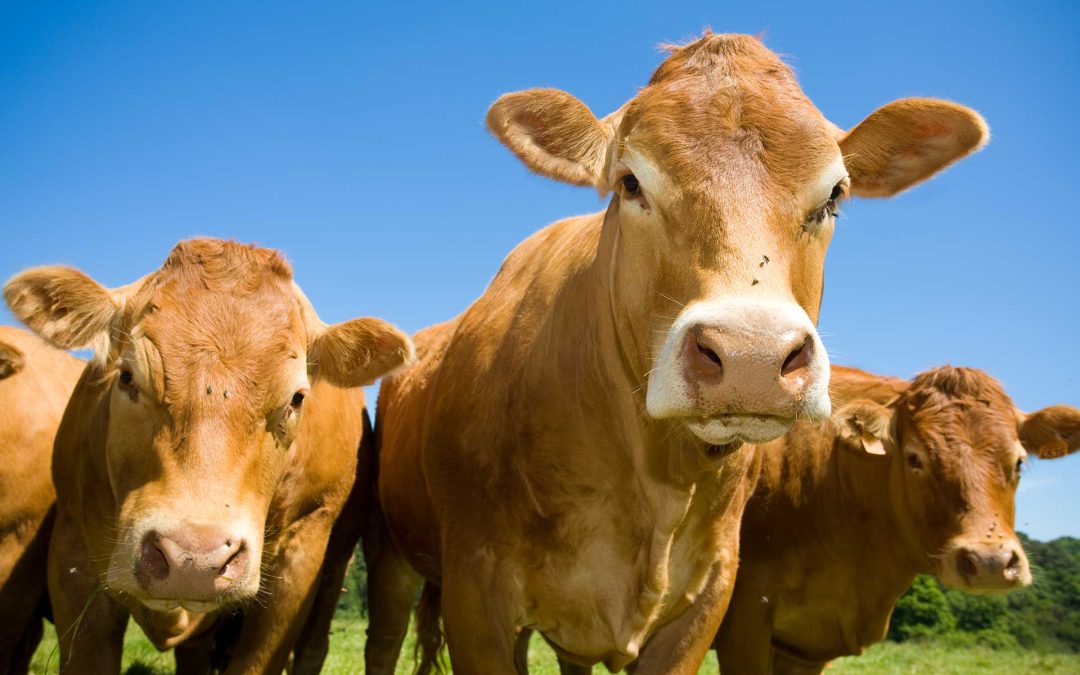
Castration Techniques in Cattle and Small Ruminants
Castration Techniques in Cattle and Small Ruminants Throughout the wet season, The Pittsworth Veterinary Surgery have been seeing a few more cases of cattle and small ruminants with post-castration swellings and infections. So, we’ve compiled the few methods of...
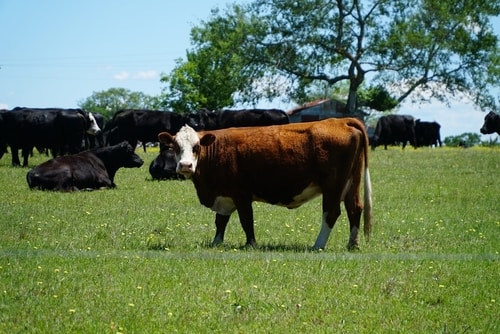
Grain Poisoning in cattle
Feeding cattle grain is a very common practice in this area but it doesn't come without it's risks. One of the most common conditions we see is grain poisoning or acidosis, which can be fatal however the good news is that there is a lot we can do to prevent it! ...
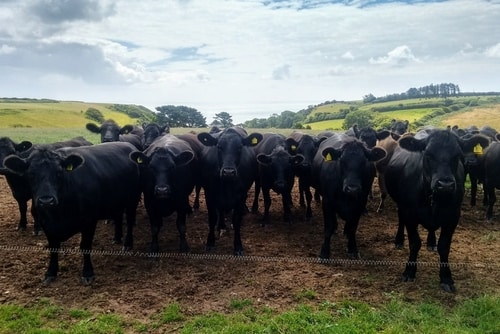
Bovine Ephemeral Fever – 3 Day Sickness
3 day sickness is a disease of cattle seen predominantly in Southern - Eastern Australia down through NSW where the vectors (for eg. Midges) travel. The typical time period where cases tend to increase is January to April. With earlier Spring rain though, this...
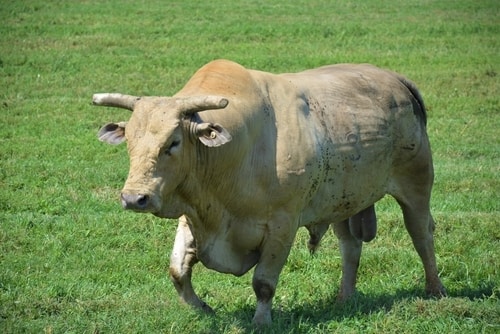
Bull Semen Evaluation
We strongly recommend getting all bulls intended for use that season semen tested at least 2 months before they are intended to be bred with to allow for any problems that may arise to rectify themselves as well as time to look for a replacement bull if necessary....
Call Us Today To Discuss Your Animal Needs
Business Hours Phone: 07 4693 2233




